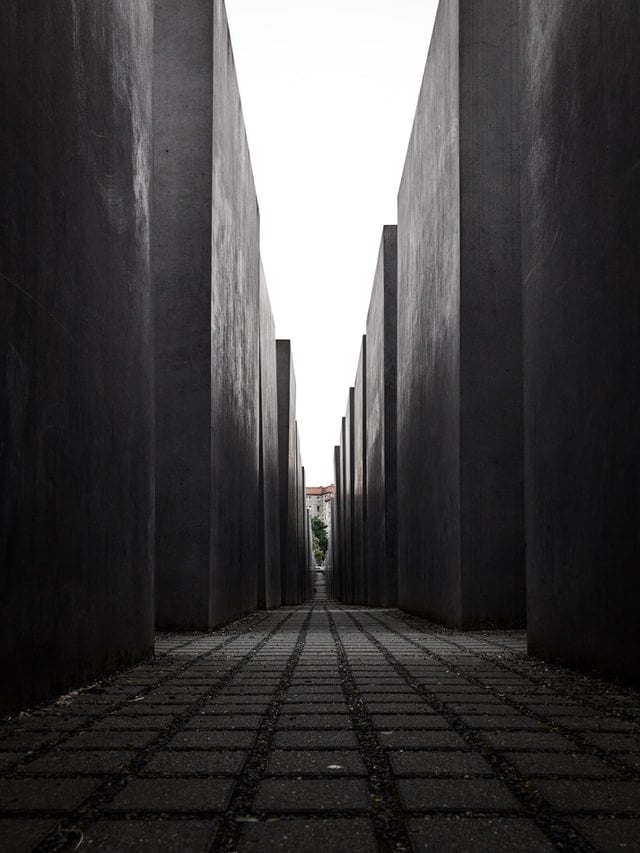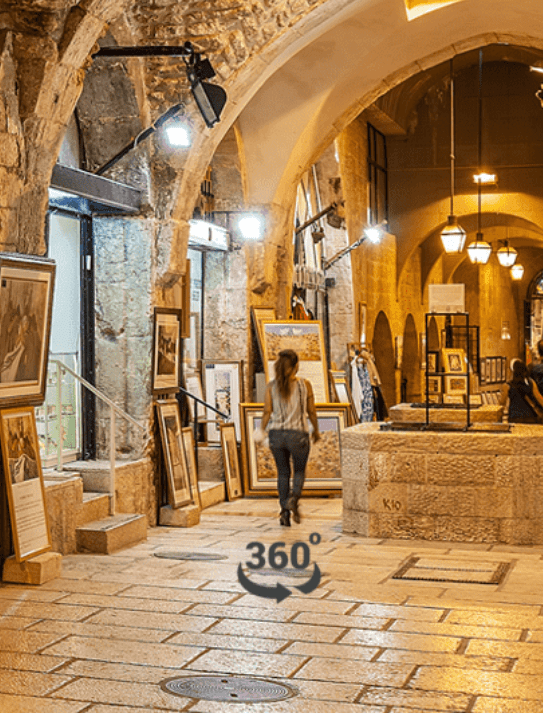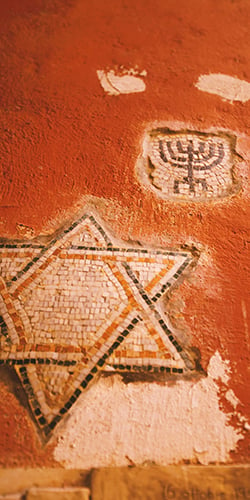Jewish Diaspora Virtual Tours: The Anne Frank House, Auschwitz, and Jewish Europe
The Jewish diaspora is a testament to the resilience and strength of a people who have traversed the globe, carrying their traditions, stories, and cultural heritage with them. Thanks to the power of Diaspora virtual tours, we can now embark on a journey through time to explore significant sites that bear witness to the Jewish experience. Join us as we delve into the world of the Jewish diaspora through virtual visits to Anne Frank House, Auschwitz, and Jewish Europe.















